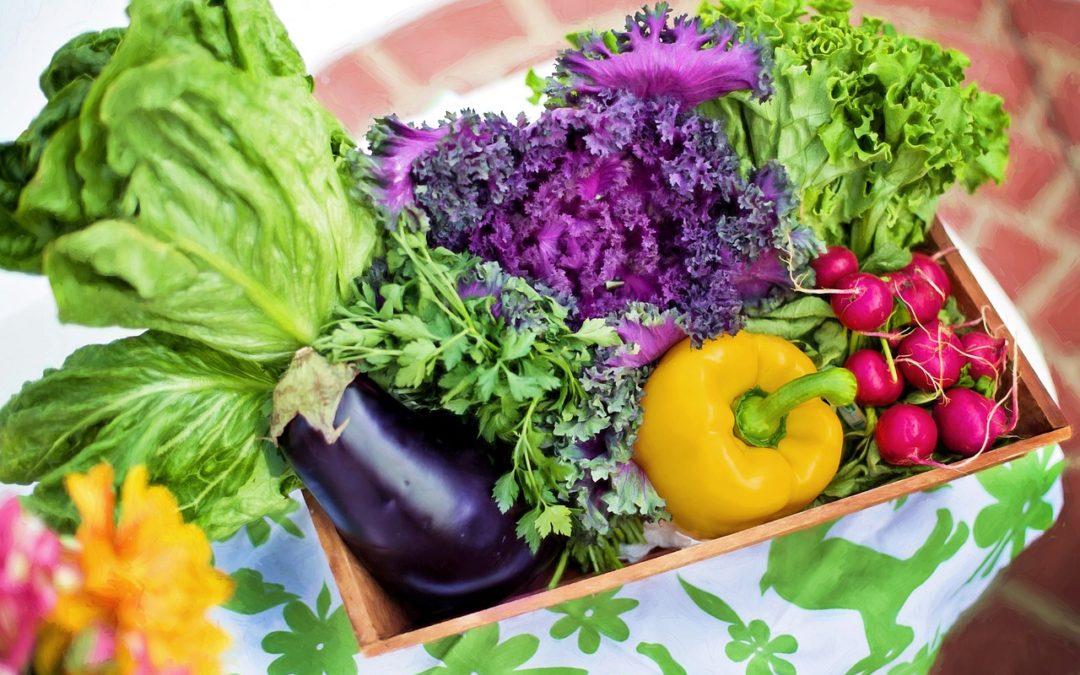There is no doubt that vegetables and fruits grown in a garden is 100% better than the same vegetables and fruits purchased at the supermarket. But, many people believe they need a home in the country, with a big yard to plant food. This is not true. Plants do not know where they are planted. As long as there are sunshine and rain, they will deliver delicious food.
1. Before you begin – Make a plan
In order to have a successful garden in a small area, you need a plan. Measure the area that
your garden will have. Be sure you leave walking space so you can tend to the plants.
Take these things into consideration:
- What are the measurements of the patio or balcony you will be working with?
- Is the area facing the South?
- Gardens facing the south get the most amount of sunshine. This will matter when deciding which fruits and vegetables you are going to plant.
- What is your budget?
- Patio gardens are not expensive. However many people get caught-up in designer pots, decorations, and tools they do not need. Those extras will add up.

2. There’s an app for you
It can be difficult to know what to plant. Can your plants survive the climate where you live? What is the best soil to buy? What do plant illnesses look like? While your seed vendor can give you a lot of information, he cannot see your garden.
There are many free apps online that are just for you. They can answer many of the questions you have when you see something unexpected. Gardening Companion is a great app and it ranks among the highest by novice gardeners.
3. Research your plants
Know how much water the plants need. For example, carrots are a great vegetable to plant this time of year. You must make sure the plants stay moist so the roots will not dry out. Know what you are expected to do for your plant. Your app will remind you when it is time to water if you set it up.
4. Natures pest control
Pests can ruin your crop, especially when you are new to gardening and miss the signs. However, there are certain flowers and herbs that will repel insects. Consider planting a couple of pots of Marigolds. Try adding some Lemongrass, Rosemary, and Basil to your herb section. These plants have a scent that repels insects.
5. Ways to place your plants
Stand a 4-foot ladder on your patio or balcony. Place wooden planks on each rung with wider planks at the bottom. This is a great way to take advantage of your vertical space. Some of your plants like pole beans and tomatoes will need a trellis because the plant needs to grow up instead of out. The best way to use these is to place the pots beside the wall. Push the trellis into the plant. As the plant grows it will climb the trellis.
Place herb plants in small pots in a tray. Place gravel in the bottom of the tray so they can drain. Use hanging pots that can be taken inside if need be.
6. Shade
Many plants will tolerate sun well. Your seed vendor will help you select the right seeds. However, if you need at least partial shade, consider putting up an awning. If this is not an option, erect a beach umbrella or two. If your garden is on the balcony, be sure you secure the umbrellas well.
7. Rain
If you want to keep your plants as healthy and natural as possible, you can collect rainwater to water the plants. In most places, this is perfectly legal. However, some places have rules against it. Simply place an open barrel or large pot on the patio to collect the rain.
8. Supplies you need
You will need several clay pots that are 8” to 10”. These are for your vegetables and fruits. You will need a few hanging pots for herbs, strawberries, and smaller plants. Then you need potting soils and handheld gardening tools. You will need high-quality and fresh seeds by experts in the field. Click here: https://www.myseedneeds.com/blogs/seed-needs/growing-lemon-mint
9. Harvests
Many people are surprised at how much produce they grow from a few plants. Spinach, tomatoes, squash, and many other plants, produce plants for a while. Have a plan of what to do with them. Canning, drying, and freezing is good options.
10. Vegetables that you can plant now
There are many plants that you can grow now. This is just a sample list. We encourage you to expand this list to include your preferences.
- Carrots
- Beets
- Squash
- Radishes
- Turnip greens
- Mustard greens
- Pole beans
- Eggplant
- Lettuce
- Spinach
- Blueberries
- Strawberries
- Dwarf apples
As you can see, planting a garden on your patio or balcony is a great way to enjoy nature while feeding your family healthy foods. You can change the plants with each season. Life will be delicious at your house!
Have questions about lawn care? Visit our lawn care page by clicking here.

